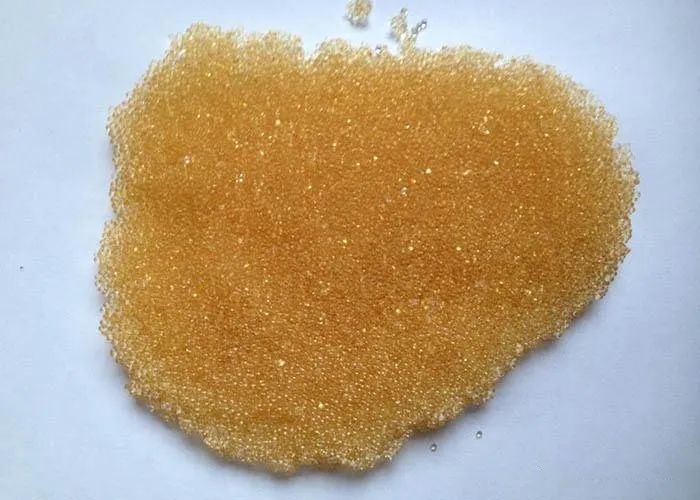Precautions:
Running more than one year, must check the resin actual loading height, such as the resin layer is not high enough, you need to fill the resin accordingly.
Mixed bed water indicators are mainly two, one is the conductivity <0.2us/cm, the other is the silicon content of Csio2 <0.02mg/L, as qualified.
If the mixed bed cycle of water production decreased significantly, the water indicators are not stable, regeneration of acid and alkali consumption, water consumption remains high, it is necessary to regenerate or test whether the resin is contaminated and resin strength and other indicators.
Demineralized water mixed bed regeneration requirements Description:
1, reverse osmosis membrane for chemical cleaning with citric acid solution cycle cleaning
2, mixed bed of layering thoroughly, regeneration specifications, cleaning qualified, mixed evenly = water conductivity qualified.
3, if the iron poisoning resin will be red, most of the reasons are because the resin in the use of the process due to the equipment in the iron, iron in the treatment solution, resin contamination is generally high-value iron, available 5% or so of the HCI treatment, preferably cyclic, but also can be immersed, the time in the 5-8 hours, the high-value iron into low-priced iron. After treatment, the resin is then cleaned with water.
Mixed bed water resistivity ≤ 1MΩ when the mixed bed needs to be regenerated. The mixed bed of anion and cation resin regeneration operating procedures using the “two-step regeneration method” – that is, the first anion (upper) into the alkali regeneration; and then the cation resin (lower) into the hydrochloric acid regeneration.






